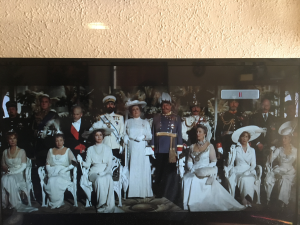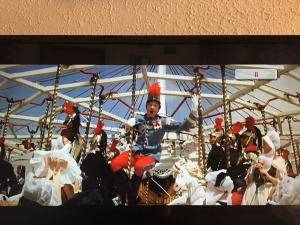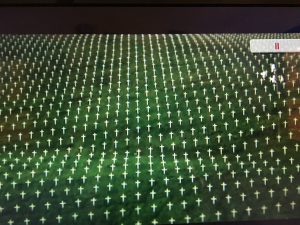My first book took place in Ireland during the Tithe War of the 1830’s. For my next book, I am going to northern France at the end of the Great War.

I was surprised by how little has been written about the French homefront during the war. Lots has been written about the British homefront and life in the French trenches but little seems to focus exclusively on what civilians went through during the five years of war. Taking place in the spring of 1918 in a small fishing village in Normandy, the story begins with a murder. A very welcome murder.
Combining history and folklore, In Imminent Danger of Relapsing into Barbarism portrays the last few months of the war through Ila Petit’s struggle to make sense of the world around her; the all-consuming war and the family mysteries that are suddenly brought to life when her father’s body washes up on shore.

My biggest challenge so far in writing this story has been avoiding the cynicism that so often is associated with the generals and battle strategies of the First World War. I think digging trenches and running at each other seems a foolish way to fight a war; the casualties too high and the success too low.
However, that idea of donkeys leading brave lions into battle didn’t come into play until the 1960’s. Before that there was a strong sense of nationalism that made the casualties only worthwhile if victory was attained.
In 1961 a radio play changed that. Oh! What a Lovely War showed the absurdities of the war, the senselessness of the offenses and magnitude of the casualties. Public opinion has never been the same.

